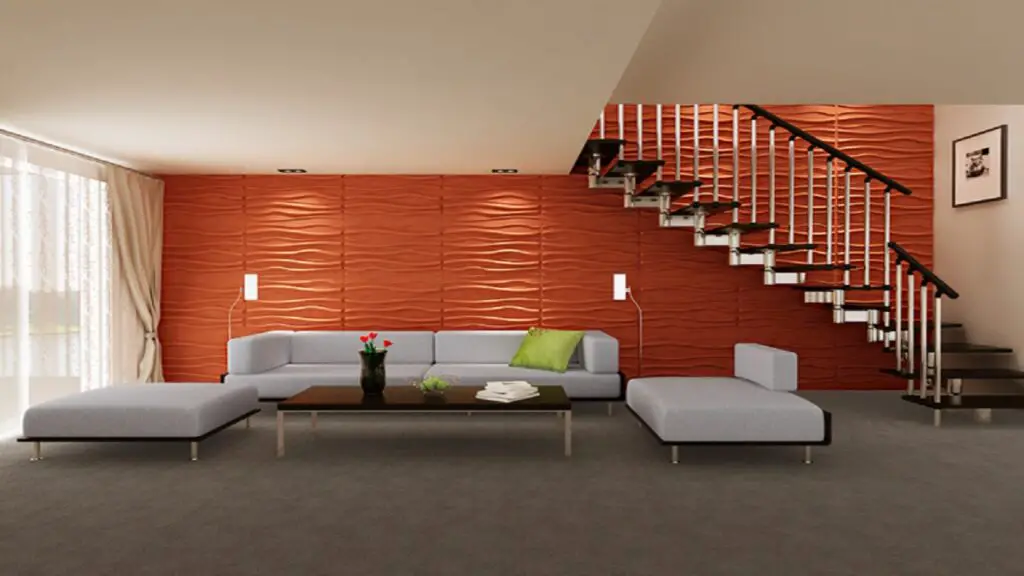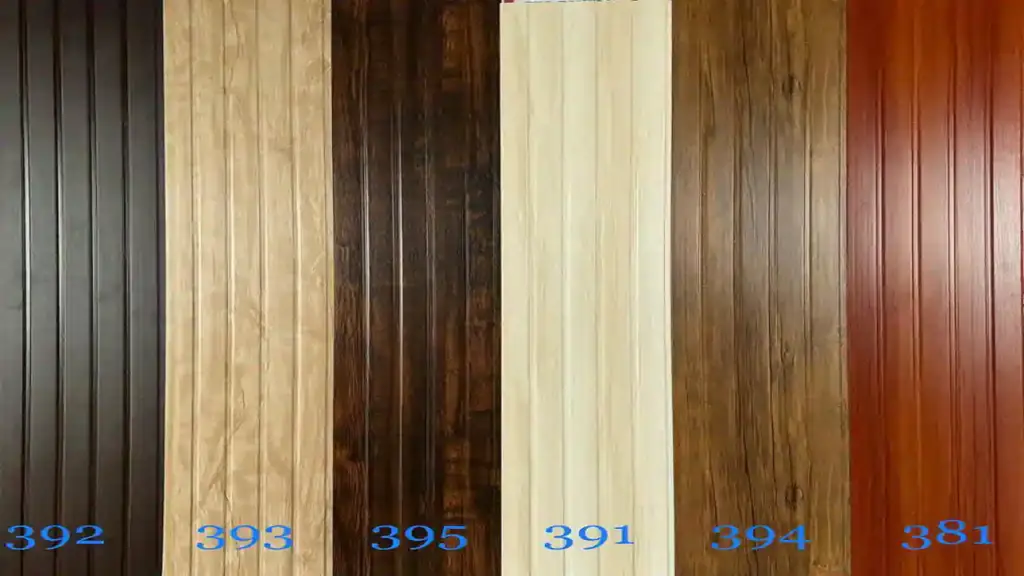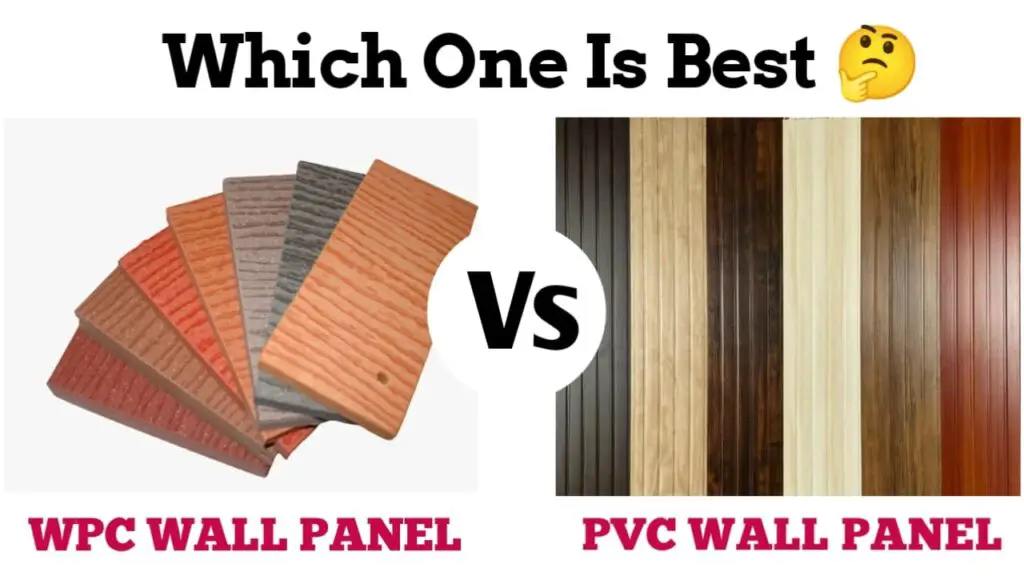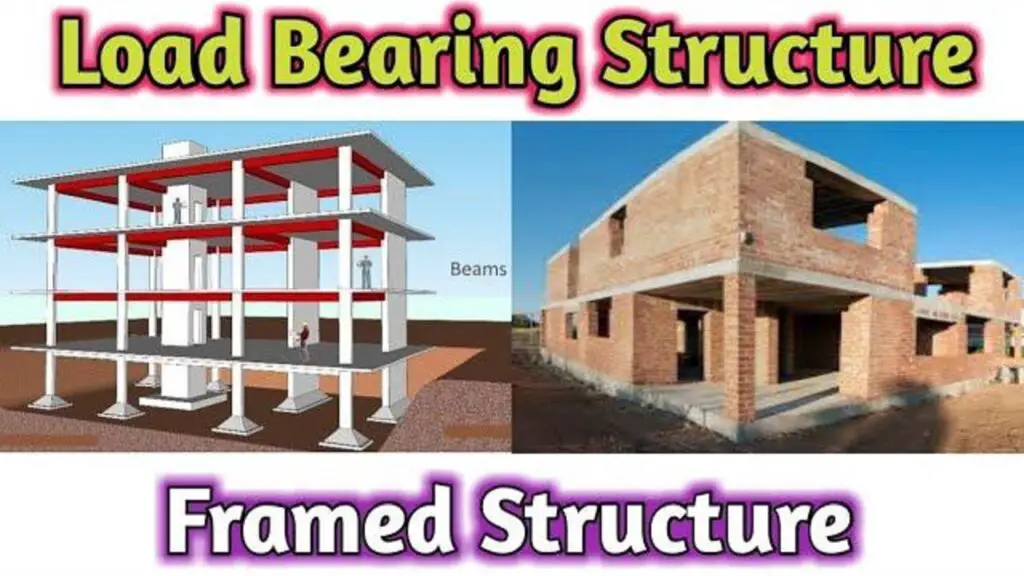WPC and PVC Wall Panel
Introduction
Wall panels are an essential part of modern interior design. They can be used to cover the walls, enhance the aesthetic value, and improve the insulation of a building.
There are different types of wall panels available in the market, WPC and PVC wall panels are two popular types of wall paneling materials used in modern construction. Both materials are used to create beautiful and functional walls, but they differ in several ways. These two types of wall panels have some similarities but also some significant differences that are important to understand before choosing between them. In this article, we will explore the detailed differences between WPC and PVC wall panels.
What are WPC Wall Panels?


WPC stands for Wood Plastic Composite, which is a material made from a combination of wood fiber and plastic. WPC wall panels are made by mixing wood fiber with thermoplastic resins and additives to produce a composite material that is then extruded into panels. The resulting WPC wall panels are strong, durable, and resistant to moisture and rot, making them ideal for use in high-moisture environments such as bathrooms and kitchens.
One of the main advantages of WPC wall panels is that they are eco-friendly since they are made from recycled materials. Additionally, WPC wall panels are available in a wide range of colors, textures, and patterns, giving designers a lot of flexibility when it comes to creating unique and stylish interiors.
What are PVC Wall Panels?


PVC stands for Polyvinyl Chloride, which is a synthetic plastic polymer.PVC wall panels are made of PVC resin, which is a thermoplastic material. PVC wall panels are made by extruding PVC into flat panels, which are then used as wall coverings. PVC wall panels are lightweight, easy to install, and resistant to moisture and mold, making them ideal for use in bathrooms, kitchens, and other high-moisture environments.
One of the main advantages of PVC wall panels is that they are very affordable
Detailed Difference between WPC and PVC Wall Panels
i). Material Composition
WPC wall panels are made of a combination of wood fibers and thermoplastics.
Whereas,
PVC wall panels are made of 100% rigid plastic & PVC resin (polyvinyl chloride).
The wood fibers used in WPC panels are usually recycled wood, while the plastic resins are made of virgin PVC.
ii). Appearance
WPC wall panels have a more natural wood-like appearance, with visible wood grains and texture.
Whereas,
PVC wall panels have a smooth, glossy surface with no visible texture, which has a more plastic-like appearance.
iii). Installation Method
WPC wall panels can be installed using a variety of methods, including tongue and groove, clip and screw, and adhesive.
Whereas,
PVC wall panels are easier to install than WPC wall panels, as they are typically installed using adhesive only.
iv). Thickness
WPC wall panels are thicker than PVC wall panels, which makes them more durable and resistant to impact.
WPC (Wood Plastic Composite) wall panels also come in various thicknesses, depending on the manufacturer and intended use. Common thicknesses for WPC wall panels include:
8mm – Suitable for interior residential and commercial applications, like living rooms, bedrooms, and offices. This thickness provides a good balance between durability and affordability.
10mm – A more robust option, offering increased durability and insulation. These are often used in commercial or high-traffic residential areas where greater resistance to wear and tear is needed.
12mm – These panels are designed for heavy-duty applications, such as exterior cladding or commercial environments, where additional strength and durability are required.
15mm – The thickest panels are typically used in special applications, where extreme durability and insulation are needed, such as in exterior cladding for buildings or other demanding environments.
Please note that these are general guidelines, and specific products may vary. It’s essential to choose the right thickness for your specific application and consult the manufacturer’s recommendations.
Whereas,
PVC (Polyvinyl chloride) wall panels come in a variety of thicknesses, depending on their intended use and the specific product. Common thicknesses for PVC wall panels include:
5mm – Commonly used for interior residential and commercial applications, like bathrooms and kitchens. This thickness provides a balance between durability, cost-effectiveness, and ease of installation.
8mm – A slightly thicker option, offering increased durability and insulation. These are often used in commercial or high-traffic residential areas where greater resistance to wear and tear is needed.
10mm – These panels are designed for heavy-duty applications, such as industrial or commercial environments, where additional strength and durability are required.
12mm – The thickest panels are typically used in special applications, where extreme durability and insulation are needed, such as in cold storage facilities or industrial settings.
Keep in mind that these are general guidelines, and specific products may vary. It’s important to choose the right thickness for your specific application and consult the manufacturer’s recommendations.
v). Weight
WPC wall panels are heavier than PVC wall panels, which makes them more difficult to install.
Whereas,
PVC wall panels are lighter than WPC wall panels, making them easier to install.
vi). Fire Resistance
Both WPC and PVC wall panels are fire-resistant, but WPC panels are more resistant to flames and heat.
Whereas,
PVC wall panels are less fire-resistant than WPC wall panels, as PVC has a low ignition point.
vii). UV Resistance
WPC wall panels are more resistant to UV radiation than PVC wall panels, which makes them ideal for use in outdoor applications.
Whereas,
PVC wall panels are less UV-resistant than WPC wall panels, but it does not fade or discolor as easily as WPC.
viii). Moisture & Water Resistance
WPC wall panels are more water-resistant than PVC wall panels due to the presence of wood fibers, which absorb moisture and prevent warping, which makes them ideal for use in high-humidity environments.
Whereas,
PVC wall panels are also water-resistant but it does not absorb moisture.
ix). Resistance to Chemicals
WPC wall panels are less resistant to chemicals as they can be damaged by certain chemicals.
Whereas,
PVC wall panels are more resistant to chemicals than WPC wall panels, which makes them ideal for use in industrial and laboratory settings.
x). Scratch Resistance
WPC wall panels are less scratch resistant than PVC panels.
Whereas,
PVC wall panels are more scratch-resistant than WPC wall panels.
Related Video
xi). Termite Resistance
WPC wall panels are more termite-resistant than PVC wall panels.
Whereas,
PVC wall panels are less termite-resistant than WPC wall panels.
xii). Mold Resistance
PVC wall panels are more mold-resistant than WPC wall panels.
xiii). Impact Resistance
WPC wall panels are more impact-resistant than PVC wall panels.
xiv). Stain Resistance
WPC wall panels are less stain-resistant than PVC wall panels.


Whereas,
PVC wall panels are more stain-resistant than WPC wall panels, which makes them easier to clean.
xv). Strength & Durability
WPC wall panels are stronger than PVC wall panels due to the presence of wood fibers also WPC wall panels are more durable than PVC wall panels, as they are less prone to cracking or breaking.
Whereas,
PVC wall panels are less stronger & durable than WPC wall panels, as they are more prone to cracking and warping.
xvi). Texture
WPC wall panels have a more natural wood-like texture than PVC wall panels.
xvii). Customization
WPC wall panels can be customized to match specific design requirements.
Whereas,
PVC wall panels are more limited in customization options.
xviii). Color Options
PVC wall panels come in a wider range of colors than WPC wall panels.
xix). Sound Insulation
WPC wall panels offer better sound insulation than PVC wall panels, which makes them ideal for use in soundproofing applications.
xx). Thermal Insulation
WPC wall panels offer better thermal insulation than PVC wall panels, which makes them ideal for use in cold climates.
Whereas,
PVC wall panels provide less thermal insulation than WPC wall panels.
xxi). Sustainability
WPC wall panels are a more sustainable choice than PVC wall panels, as they use wood fibers that can be sourced from sustainable forests.
xxii). Recyclability
Both WPC and PVC wall panels are recyclable, but WPC wall panels are more easily recyclable due to the presence of wood fibers.
xxiii). Eco-Friendliness
WPC wall panels are considered more eco-friendly than PVC wall panels, as they are made of a mixture of wood fibers and plastic which are recycled materials and can be recycled after use.


Whereas,
PVC is made of 100% plastic.
xxiv). Longevity:
WPC wall panels last longer than PVC wall panels, as they are less prone to cracking or breaking.
xxx). Resilience
WPC wall panels are more resilient than PVC wall panels, as they can withstand more wear and tear.
xxxi). Flexibility
PVC wall panels are more flexible than WPC wall panels, which makes them easier to install in curved or irregularly shaped spaces.
xxxii). Maintenance
WPC wall panels require more maintenance than PVC wall panels, as they need to be cleaned and sealed periodically to maintain their appearance and durability.
xxxiii). Cost
WPC wall panels are generally more expensive than PVC wall panels due to the higher cost of materials.
Whereas,
PVC wall panels are generally less expensive than WPC wall panels.
Conclusion,
In conclusion, both WPC and PVC Wall panels have their own unique advantages and disadvantages. When selecting a wall paneling material, it is important to consider factors such as water resistance, fire resistance, maintenance requirements, cost, and environmental impact. Ultimately, the choice between WPC and PVC wall panels will depend on your specific needs and preferences.
So friends I have tried to cover all the differences between WPC and PVC Wall panels in this article. I hope this article will definitely help you.
If you learn something, be sure to share it with someone who might benefit from it. If I have missed any difference between WPC and PVC Wall Panel in this article or you have any suggestions then you can mention them in the comments section.
For more such blog posts just click subscribe to myengineeringsupport.com so that you won’t miss any new posts.
If you want a PDF copy of this,

You can message us on our Instagram & telegram channels, or you can download it from the top right-hand corner of this post.
Thanks For the Great Attention!
Also, Read,
Wall Mounted vs Floor Mounted Toilets
Flush Door vs Wooden Panel Door
concealed wiring and open wiring
UPVC vs Aluminium vs Wooden Windows
Gypsum Plaster vs Cement Plaster
Related Video,
MDF VS Particle Board




Shandong KaiJie Ecological Technology Co.,Ltd was established in 2 0 1 6. My company is the leading professional indoor decoration materials manufacturer in China. The company specialized in indoor W P C fluted wall panel, W P C plain wall panel, WPC foam board, W P C ceiling, W P C timber tubes, PVC foam board,WPC sound- absorption board and related accessories.
Under the support of 129 advanced production lines, my company have the capacity of producing 16,000 square meters per day. This means that our company can take not only small orders but also large orders. Our MOQ is 500 meters.
We have a wide variety of products with novel designs and high quality levels.It is worth noting that our products can be customized according to customers’ requirements, including size, color, and packaging style. And we also provide O D M and O E M services.
Not only that, our company has a complete set of operation process. including R & D, production, sale,packaging, shipping to port, after sale serves.
In the production process, we have a professional production monitoring and quality inspection team. Our products passed the national 9 0 0 1 quality system certification, the national 1 4 0 0 1 environmental protection system certification, the national 4 5 0 0 1 health system certification and the C E certification.
Wow, marvelous weblog layout! How lengthy have you ever been running
a blog for? you make running a blog look easy.
Cool, I’ve been looking for this one for a long time